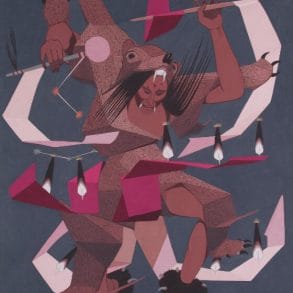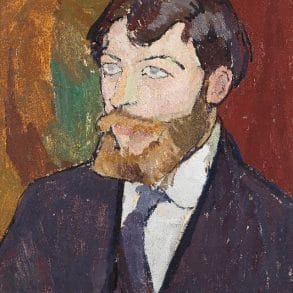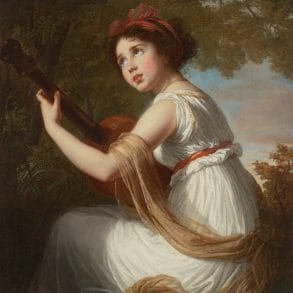London – Christie’s is honoured to present The Baron Edmond de Rothschild ‘Bird and Palmette’ Imperial Safavid carpet, likely woven between 1565-1575 in Qazvin in central Persia, during the reign of the enlightened Shah Tahmasp (estimate £2,000,000–3,000,000). This sixteenth century masterpiece, which survives in extraordinary condition, was produced during the ‘Golden Age’ of carpet weaving under the Safavid dynasty (1501-1732). Carpets of this period were noted for their detailed precision, sumptuous materials, and ornate designs. The red ground ‘in and out palmette’ or ‘spiralling vine’ design of the present carpet is perhaps the most recognisable of these court designs and remains one of the most sought-after of all classical carpets. The rich burgundy-red field is filled with an elaborate network of scrolling vines with counterposed palmettes, blossoms, buds, and leaves, but with the addition of numerous paired pheasants with elongated colourful plumes. The carpet is a leading lot in the Autumn iteration of the bi-annual sale of Art of the Islamic and Indian Worlds, including Rugs and Carpets taking place on 26 October at Christie’s headquarters in London.
This magnificent carpet has a notable provenance that can be traced back to the beginning of the 19th century, to Baron Edmond James de Rothschild (1845-1934) and his wife Adélaïde, who were members of the great banking dynasty. As outstanding patrons of the arts they acquired a significant collection of works of art which were housed at their residence, Hôtel de Pontalba, 41 rue du Faubourg Saint Honore, Paris, (today the official residence of the American Embassy). Typical of le goût Rothschild, the interior featured silks, textiles and carpets from Ottoman Turkey and Safavid Iran which included this magnificent example. In 2001 the carpet passed into the collection of Gordon P. Getty where it remained for over a decade before passing to its current home, an important private Asian collection.
The carpet is a particularly fine example evidenced by the use of silk warps within its foundation (at the time, silk was considered to be the most luxurious and costly of materials in Safavid Persia, strictly limited to the royal court workshops and used only by the most highly skilled weavers).Also of note is the intensity and variety of colourful dyes used, together with the very highest quality of finely spun, soft wool. The colour palette of the present carpet contains at least seventeen different natural dyes, while the exacting execution of the drawing of the birds is notable.
Due to the renewed interest and patronage within the royal courts during the 16th century, the master weavers worked alongside court draughtsmen, miniaturists, illuminators and other artists, resulting in something of a revolution in carpet design and the art of weaving. The carpets produced on the royal looms were not considered as mere functional floor coverings, rather independent works of art indicating the status and wealth of their owners. Safavid or ‘Court’ carpets were used in reception halls, audience chambers, and at court-supported religious institutions, as well as being presented as impressive gifts to rulers and foreign dignitaries.
The most well-known carpets within this 16th century Safavid group are the pair of “Emperors’ Carpets”, with one now in the Metropolitan Museum of Art, New York and the other in the Museum of Applied Arts, Vienna. These two carpets feature animals in the design in addition to the birds and cloud-bands found in the Baron Edmond de Rothschild ‘Bird and Palmette’ Imperial Safavid carpet.
The Baron Edmond de Rothschild ‘Bird and Palmette’ Imperial Safavid carpet will be on view at the below locations during September and October;
- Dubai, Christie’s DIFC, 23 – 28 September
- London, Christie’s headquarters, 21 – 25 October





